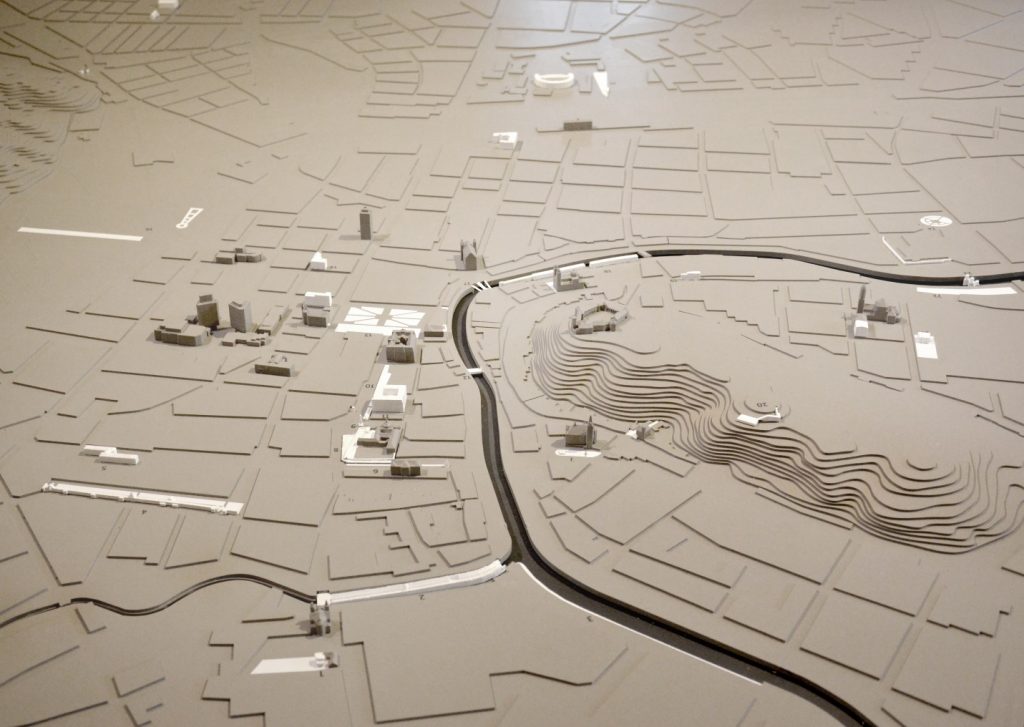The City of the Artisan. Shaping the City through Architecture
Coordinator:
Álvaro Clua (Universitat Politècnica de Catalunya – Spain)

Abstract
This thematic node explores a particular, bottom-up way of shaping cities illustrated by the fertile interaction between architects and their cities in the 20th and 21st Centuries. Inspired by preeminent examples such as A. Palladio in Vicenza or K. F. Schinkel in Berlin, the node aims to shed light on a number of built experiences that approached the modern transformation of cities not through a top-down plan-based approach, but mainly by the continuous design of architectures and ‘500-meter’ urban planning.
Relevant examples are Mario Ridolfi in Terni, Theodor Fischer in Münich, Jože Plečnik in Ljubljana, Wilhem Marinus Dudok in Hilversum, Fritz Schumacher in Hamburg or, more recently, K.R. Schättner in Eichstätt or Luigi Snozzi in Monte Carasso, among others.
In all of these examples, similar planning strategies can be found and could open up new visions of the genealogy of the urban design and inform new tools for the transformation of cities according to a craft-centered approach and highlight the rich interaction between the architecture of buildings and town planning vision.

